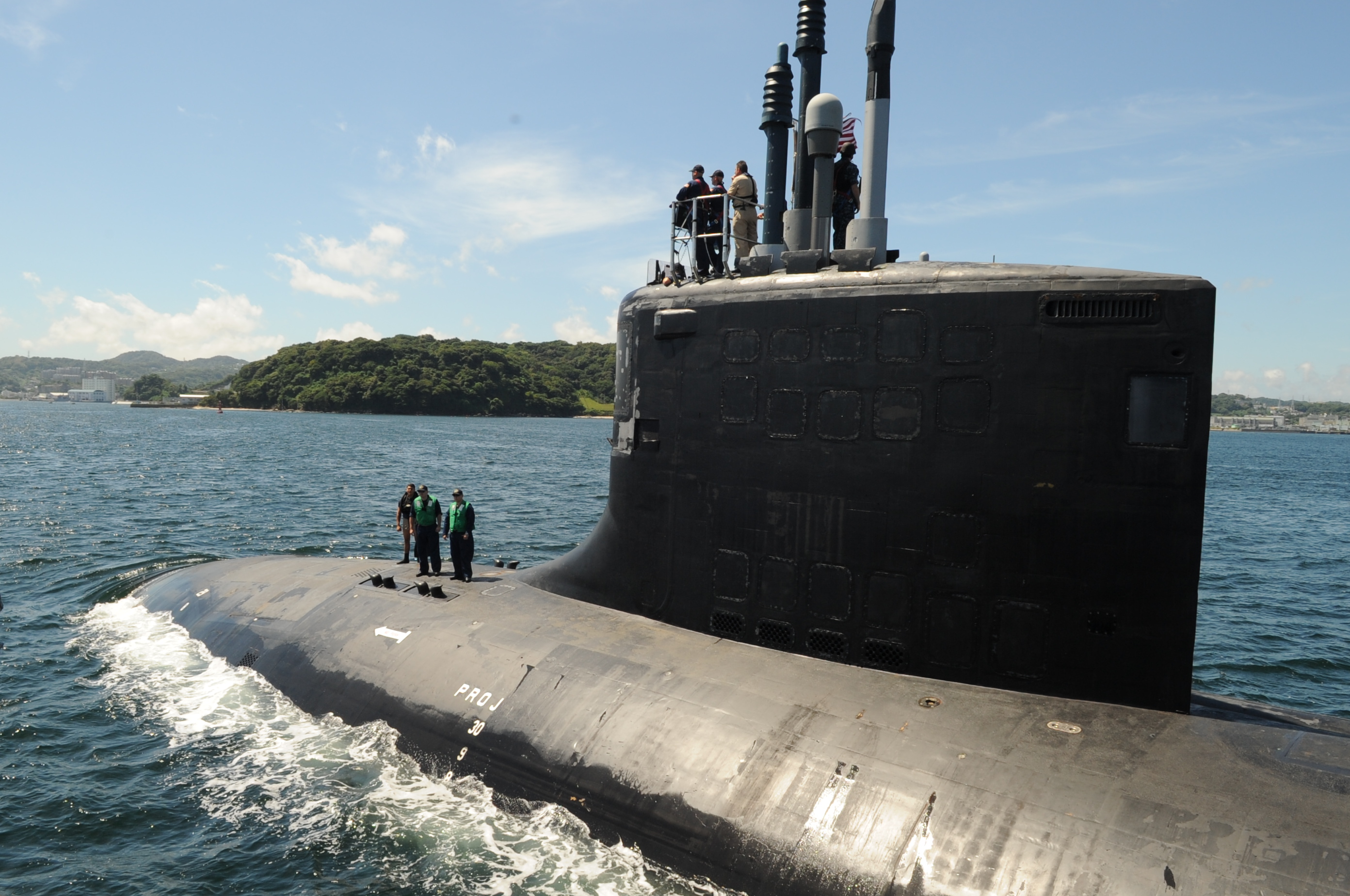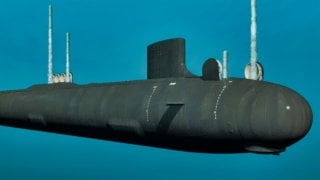The Navy's $17,000,000,000 Virginia-Class Submarine Nightmare: Explained in 2 Words
The U.S. Navy faces a critical shortage of submarines as delays and cost overruns plague the Virginia-class attack submarine program, now $17 billion over budget. With only 22 Virginia-class subs in service and a production rate of two per year, the Navy cannot meet growing demands, especially in the face of adversaries like China with advanced A2/AD systems.
Over Budget: The U.S. Navy faces a critical shortage of submarines as delays and cost overruns plague the Virginia-class attack submarine program, now $17 billion over budget. With only 22 Virginia-class subs in service and a production rate of two per year, the Navy cannot meet growing demands, especially in the face of adversaries like China with advanced A2/AD systems.

-Despite its challenges, the Virginia-class remains a better investment than the costlier and more vulnerable Ford-class carriers.
-To address the problem, Congress and the Pentagon must reform defense procurement, repair failing shipyards, and possibly reactivate mothballed Los Angeles-class submarines.
U.S. Navy's Submarine Crisis: Virginia-Class Overbudget and Delayed
The U.S. Navy has a problem on its hands. It absolutely requires submarines, given the threat environment its forces face. Yet there is a dangerous shortage of submarines available to the Navy to meet current demands.
Things like the Australia-United Kingdom-United States (AUKUS) agreement were meant to burden-share, enhance the capabilities of all three nations, and expedite the creation of an interoperable nuclear submarine force

Increasingly, however, it appears AUKUS is more aspirational than pragmatic.
A recent announcement made between the leaders of the three countries spent more time talking about the need to combat anthropogenic climate change than it did about how the three navies were going to meet their ambitious goals of jointly and rapidly expanding their submarine capabilities.
Now, for the kicker.
A Total Disaster (with a Side of a Disingenuous Argument)
The Navy’s Virginia-class submarine, which was designed to be the replacement for the ubiquitous Los Angeles-class attack submarines, is an astonishing $17 billion over budget.
What’s more, the probability is low that America’s broken defense industrial base – notably its sclerotic shipyards – will even be able to meet the Navy’s peacetime demand for its Virginia-class submarines.
The aircraft carrier fanboys have made quick work of highlighting that the Virginia-class submarine’s exploded budget now exceeds the cost of a single Ford-class aircraft carrier.
But that number being bandied about is specious.
For instance, the entire program developing Virginia-class submarines is over budget by $17 billion. While that’s not something to scoff at, individual units of the new Ford-class aircraft carrier cost around $13 billion a pop. The Navy’s entire aircraft carrier program is significantly more expensive than the projected cost overruns of the Virginia-class attack submarine program. For instance, the Ford-class program alone is expected to cost the taxpayer a total of $120 billion.
Besides, the probability is high that U.S. carriers will be struck down by China’s robust anti-access/area-denial (A2/AD) capabilities at the outset of any hostile engagement. This is much different from the experience that American submarines will have in any conflict. These units will become the primary power projection platforms for the Navy in any conflict with China.
So, frankly, the Virginia-class submarine is still a better investment than the Navy’s aircraft carrier vanity project.

Fixing the Problem Now
But the Navy has to figure out how to reduce this cost overrun. It must prioritize a timelier development and deployment schedule for these new submarines. It should probably look at pulling some of its older Los Angeles-class attack submarines out of mothballs and updating them to augment the declining force.
All estimates indicate that the new Virginia-class submarines will be coming online at two per year (if we are lucky), with about 22 of these boats already in service. This is far too long for too few subs, and it is much too expensive.
America’s enemies are readying for war now. The Navy will find it needs great numbers of submarines on the frontlines of any engagement with a rival defended by a robust A2/AD architecture.
Congress will also need to demand immediate modifications to the way the United States procures large weapons platforms like submarines. The country desperately needs to overhaul its defense industrial base, with a particular focus on improving its failing shipyards.
There is simply no excuse for such an important program as the Virginia-class submarine being in jeopardy because of delays caused by failing infrastructure at our shipyards. Only Congress, working in tandem with the Pentagon and its supporting defense contractors, can change this.
One thing is certain: The Navy will not fare well in a near-peer war if it doesn’t have a robust and capable submarine force.
Author Experience and Expertise: Brandon J. Weichert
Brandon J. Weichert, a National Interest national security analyst, is a former Congressional staffer and geopolitical analyst who is a contributor at The Washington Times, the Asia Times, and The-Pipeline. He is the author of Winning Space: How America Remains a Superpower, Biohacked: China’s Race to Control Life, and The Shadow War: Iran’s Quest for Supremacy. His next book, A Disaster of Our Own Making: How the West Lost Ukraine, is out from Encounter Books. Weichert can be followed via Twitter @WeTheBrandon.
All images are Creative Commons or Shutterstock.
From the Vault
Russia Freaked Out: Why the U.S. Navy 'Unretired' the Iowa-Class Battleships
Battleship vs. Battlecruiser: Iowa-Class vs. Russia's Kirov-Class (Who Wins?)


